Evaluation of In-Furrow Starter Fertilizer Sources for Corn
Study author(s): Daniel Kaiser, University of Minnesota
Years of study: 2009-2011
Location(s): LeSueur MN, Kenyon MN, Zimmerman MN
Important: for the complete report, including all tables and figures, please download using the link(s) to the right.
summary
This study found that small rates of P applied as starter fertilizer could promote early plant growth and nutrient uptake. Starter N, K, and S seldom affected plant growth except for a sandy soil where small rates of K and S increased plant growth. Fertilizer sources with high salt index values reduced emergence and growth at lower application rates. Sources containing P had the lowest impact on emergence and growth, but also had the lowest salt index values. The fertilizer sources with the highest risk of seedling damage were ATS, AMS, KCI, and urea.
Two models were developed to predict seed safe fertilizer rates. The first model predicted that 10 lbs of N+K20 could be applied in soils with loam textures while 5 lbs could be applied for a sandy soil. However, this model over-predicted the amount of ATS and under-predicted the amount of 9-18-9 that could be safely applied unless the amount of S was factored in with ATS and the amount of K was discounted for 9-18-9. The salt index of the fertilizer source could be
used to determine the seed safe rate when factored with the rate applied. However, both models tended to predict small amounts of fertilizer could be applied for sources such as ATS, AMS, KCI, and Urea. Since these models assume adequate moisture care should be taken when using the data in the field as none of this data is field tested. Use of high salt products (ATS, KTS, AMS, KC1, and urea) in-furrow comes with high risk so the practice is not recommended.
